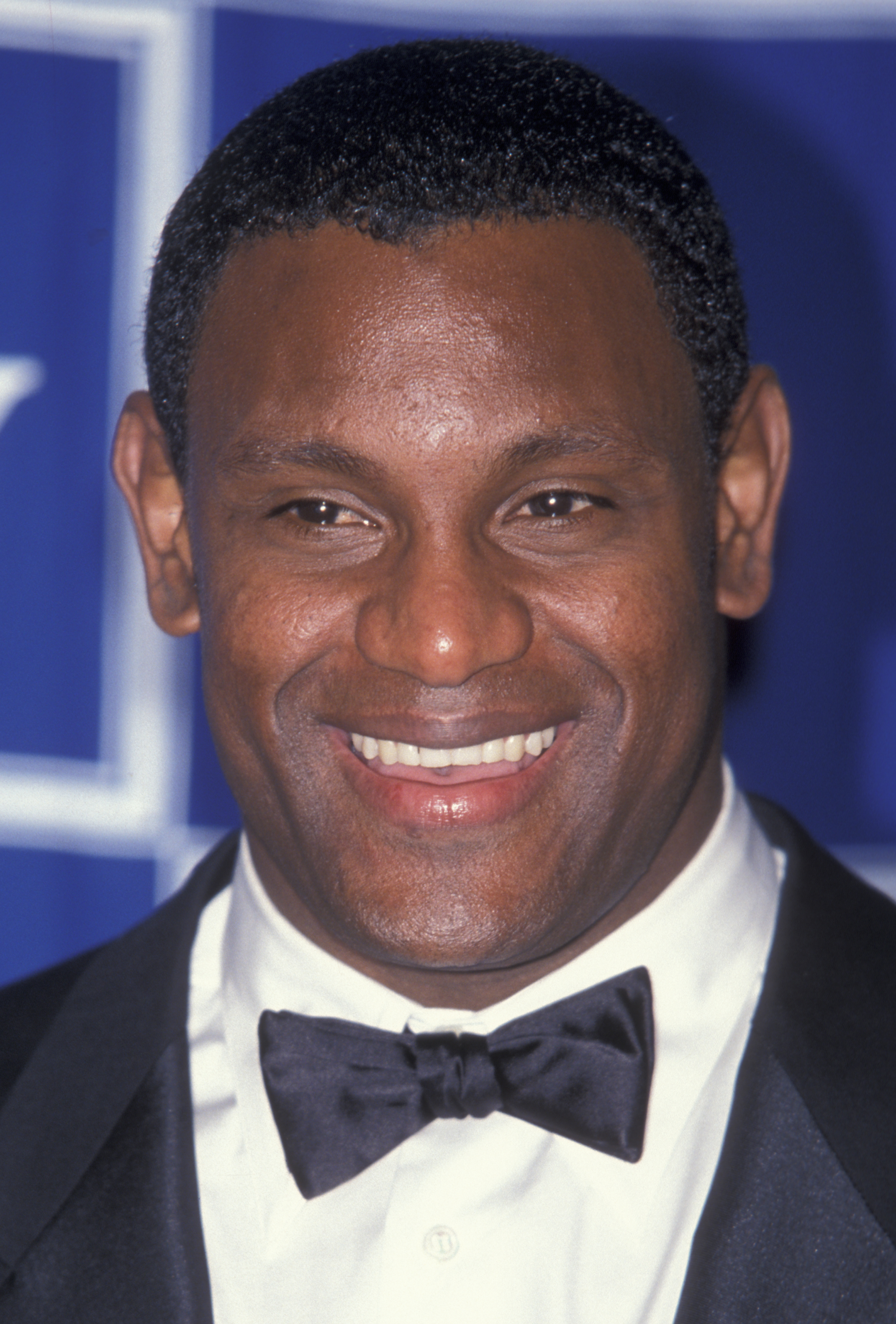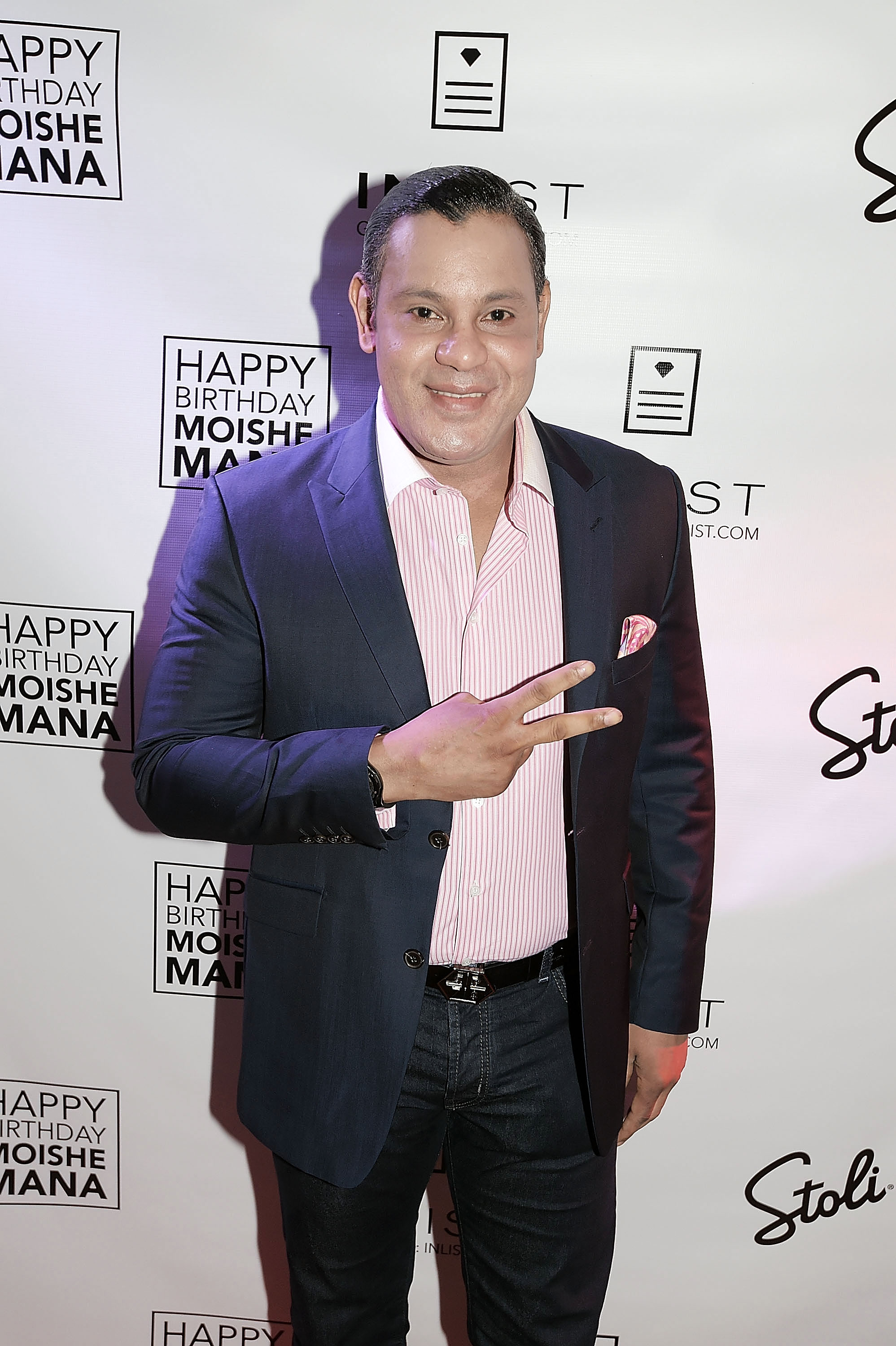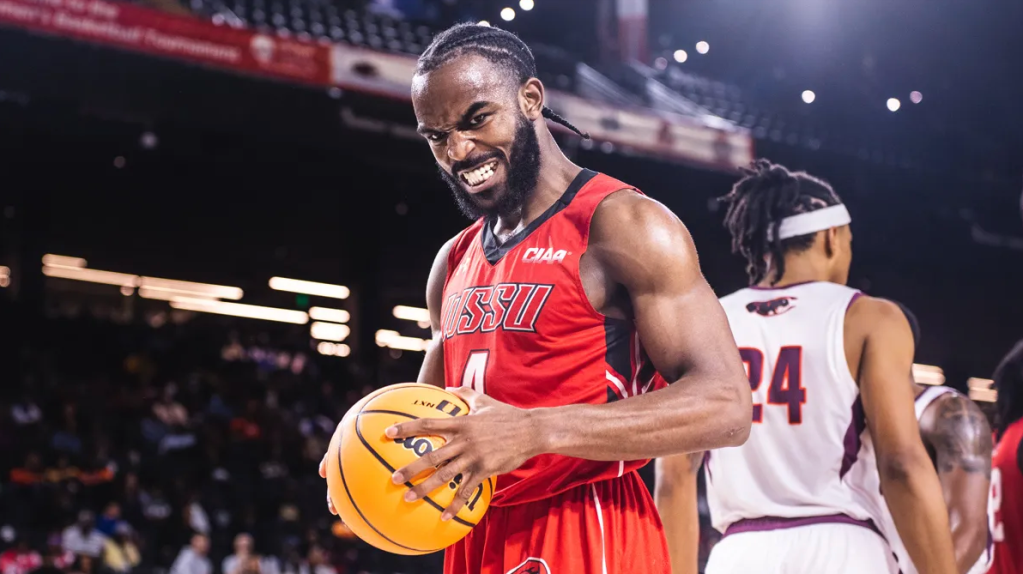
Source: Ron Galella / Getty
It’s been nearly a decade since Sammy Sosa was first accused of intentionally bleaching his skin. Back in 2009, the Dominican baseball legend denied that he wanted a lighter complexion and assured fans he was not suffering from an infection. He also maintained this wasn’t a negative side-effect from alleged steroid use.
Sosa, 48, insisted he was using bleaching lotions because he wanted to soften his skin. “It’s a cream that I have, that I use to soften [my skin], but has bleached me some. I’m not a racist, I live my life happily,” he said during a taping of Univision’s Primero Impacto. “What happened was that I had been using the cream for a long time and that, combined with the bright TV lights, made my face look whiter than it really is. I don’t think I look like Michael Jackson,” Sosa added. He even joked that he would “market” the product. The famed player brushed off his transition as no big deal, but fans sensed a clear case of self-hate.

Source: Romain Maurice / Getty
Unfortunately, Slugger Sosa’s appearance continued to change drastically over the years. On the morning of Thursday, July 13, Twitter and Instagram were rampant with jokes, memes and an overall state of confusion when his latest photos surfaced. Sosa is now a chalky color with pink undertones.
The Internet laughed at Sosa’s appearance, but this actually isn’t funny. It’s a bigger problem that we don’t discuss enough.
Just last year, 26-year-old rapper Azealia Banks took to social media to open up about her use of a skin bleaching product called Whitenicious. In a follow-up clip, where she defended herself after a ton of online backlash, she said she doesn’t “really think it’s important to discuss the cultural significance of skin bleaching anymore.” The controversial rapper continued, “Just as Black people in this world, you assimilate, and there are things you accept, not just out of necessity but things become norm because they just happen all the time.”
That position doesn’t account for our children and the dangerous, racist notions—white skin is the right skin—that we’re normalizing for them to internalize.
During her Lifeclass on colorism in 2014, Oprah explained the phenomenon “wreaks havoc among African-American, Asian, Indian, and Latin American communities…It really boils down to the belief that the lighter your skin tone, the prettier you are, the smarter you are.” Inspirational speaker Iyanla Vanzant added, “The more valuable and worthy you are.”
It’s easy to laugh and shame men and women like Sosa and Banks. But people of color need to do the culture one better and recognize that women and men all over the world are not only struggling to overcome self-hate as it pertains to their complexion, but they are also teaching their children the same negative values. Instead of laughing at a very real problem, POCs need to continue to find ways to reassert the truth: Black and Brown people of all shades are beautiful, smart, professional and so much more.
If you won’t have the conversation about complexion bias, you’re part of the problem and if all you have is ridicule and jokes for those suffering from this kind of self-hate, then you just don’t get it. Honestly, we don’t know which is worse.
















